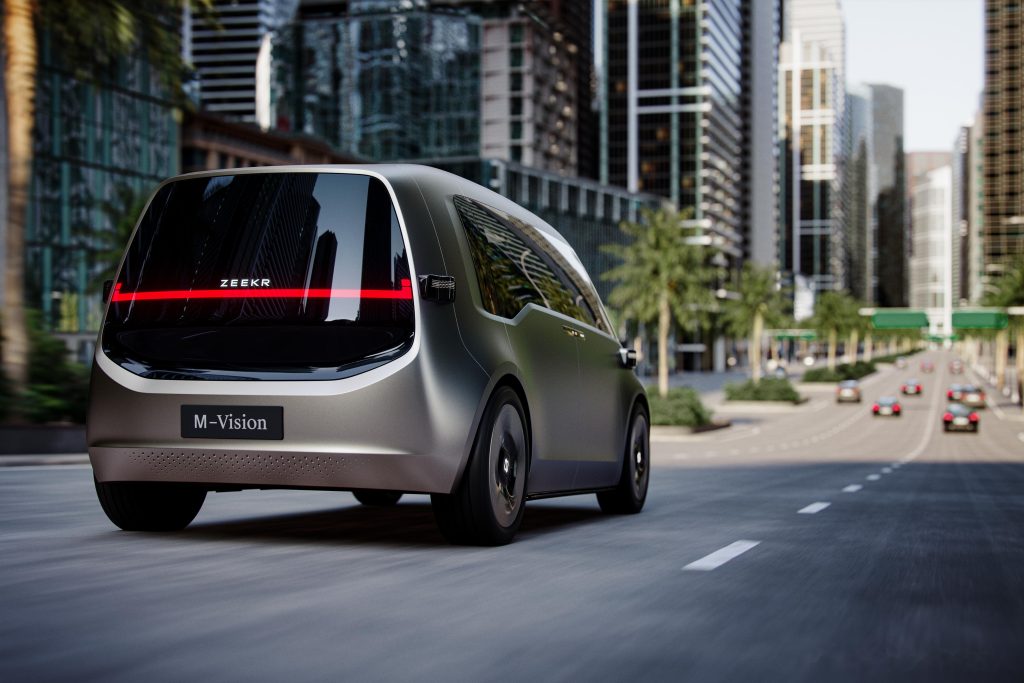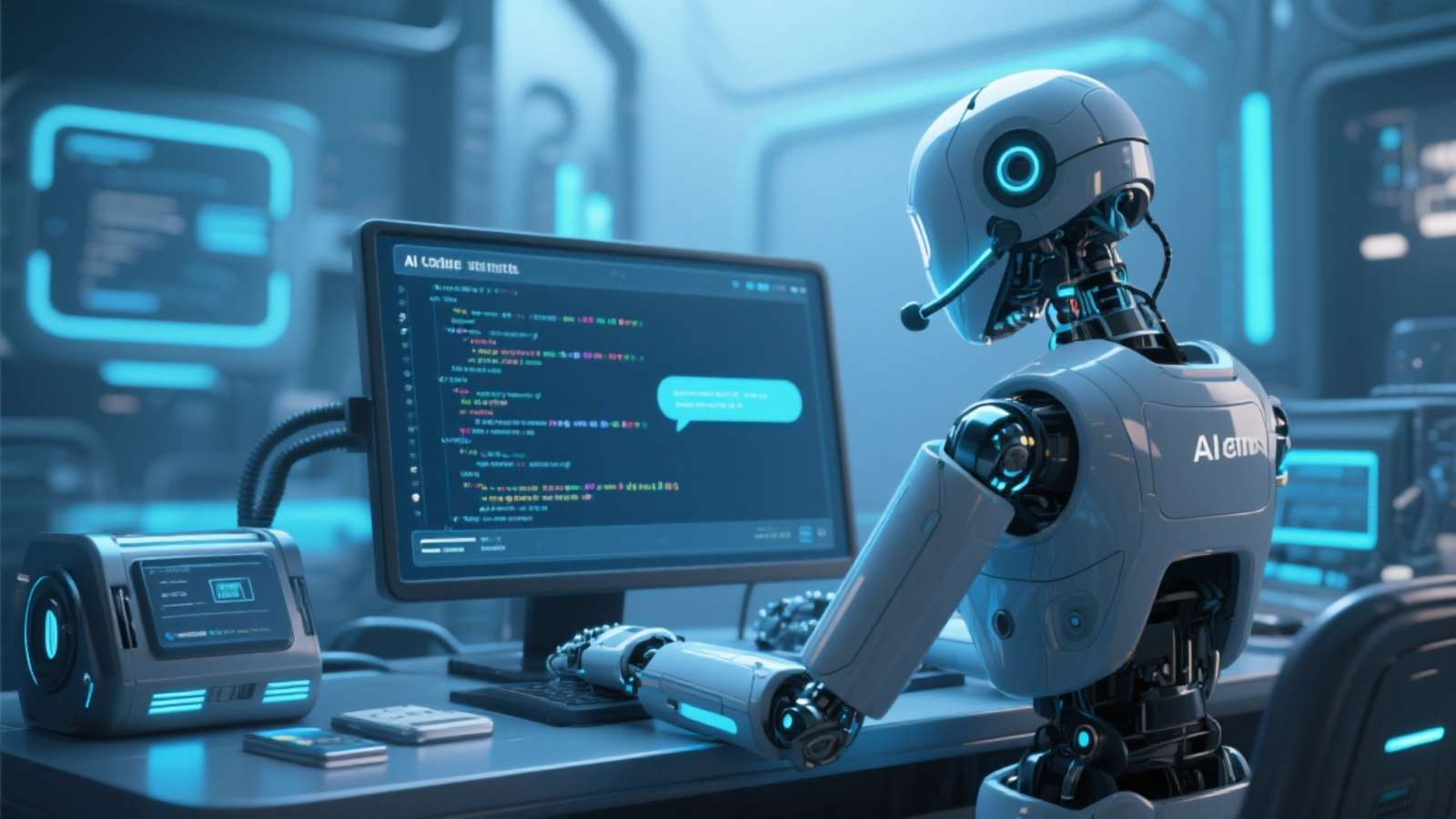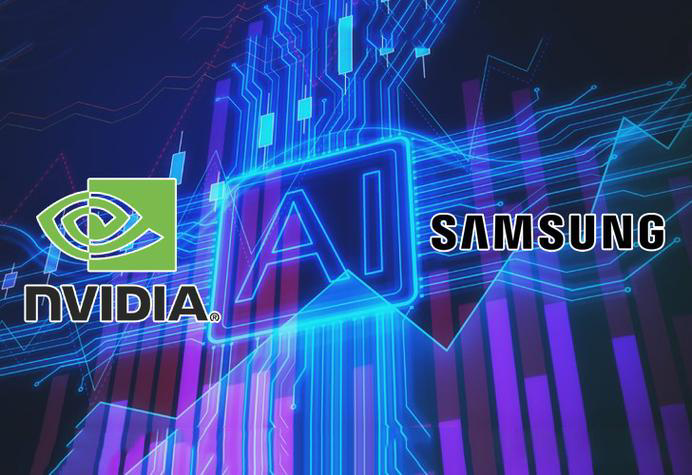When a senior executive at Xpeng Motors casually dropped the news that the company’s first production Robotaxi is set to make its debut next year, it reverberated across two industries at once: electric vehicles and autonomous driving. The revelation, shared by Dr. Gu Hongdi in an interview with CNBC, landed at a moment when Tesla’s own Robotaxi ambitions are highly visible and intensely scrutinized, setting up a narrative of competition and accelerated innovation in the field.

Dr. Gu, Xpeng’s vice chairman, said the company’s recent investments in what he described as “physical AI” have begun to pay substantial dividends. While he did not lay out every technical detail, the term suggests a focus on the integration of perception, hardware design and control systems — an approach that treats AI not as a purely software layer but as something tightly coupled with vehicle architecture and sensors. According to Dr. Gu, that integration has translated into meaningful gains in driving capability and system robustness, improvements Xpeng plans to showcase at its upcoming Technology Day.
What makes the timing particularly interesting is that Tesla has been publicly ramping up its testing and promotional efforts for a Robotaxi service tied closely to its full self-driving ambitions. Headlines about one company’s advances are often framed against another’s setbacks, and in this case the contrast is stark. Observers in China and abroad have noted that the combination of well-funded automakers, startups with software-first mindsets, and a national push toward electrification and autonomous mobility has created fertile ground for newcomers to leapfrog incumbents in specific areas.
Local experts have been quick to point out that Xpeng’s move may signal more than a single product launch. If the company can demonstrate a production-grade Robotaxi that meets regulatory requirements and operates safely in complex urban environments, it would mark a pivot from pilots and limited-access shuttles to commercially viable autonomous mobility at scale. That shift would not only reframe public expectations about self-driving technology but also accelerate the commercialization timelines of similar projects globally.
Xpeng’s public confirmation that it has been working on autonomous driving and Robotaxi products for some time is noteworthy because building a production Robotaxi involves more than software refinement. Beyond perception and decision-making algorithms, manufacturers must address redundancy in hardware, fail-safe mechanisms, thermal and power management, passenger interfaces, and the practicalities of operating a fleet — from maintenance to insurance and local regulatory compliance. Dr. Gu’s emphasis on physical AI hints at an approach that takes many of these elements into account in an integrated way.
For Tesla, which has long touted its neural-network-driven approach to full self-driving, the news is likely to be seen as both validation of the market opportunity and a reminder that competitors are closing in. Tesla’s strategy has prioritized large datasets and over-the-air updates to progressively enhance capability, but rivals who combine sophisticated software with purpose-built hardware and a focus on the unique demands of shared mobility may find paths to rapid progress that are hard to counter with software alone.
Market watchers will be watching several indicators in the coming months. First, the details Xpeng chooses to reveal at its Technology Day — especially around safety certification, intended operating domains and deployment plans — will matter. Second, any early field trials or limited-service rollouts will offer tangible insight into how close the company is to a real commercial product. Finally, regulatory signals from cities and national authorities in China and elsewhere will influence how quickly a Robotaxi service can move from demonstration to revenue-generating operation.
There are also broader implications for urban mobility and industry structure. A successful Robotaxi product from a Chinese automaker could catalyze new partnerships between vehicle manufacturers, ride-hailing platforms and municipal authorities. It might also accelerate investment in infrastructure such as high-definition mapping and edge computing that supports autonomous operations. For consumers, a viable Robotaxi option could change the calculus of car ownership, particularly in dense urban centers where the cost and hassle of parking and maintenance are significant.
Skepticism remains, of course. Many past announcements in the autonomous-driving space have been followed by technical hurdles or regulatory pushback. Building systems that can safely handle the full diversity of urban driving scenarios — from unpredictable pedestrians to temporary construction zones — is enormously difficult. Moreover, scaling from a small pilot fleet to a dense, city-wide service requires not just engineering excellence but operational mastery.
Still, the combination of a clear product timeline, strategic investment in integrated hardware-software systems, and the backing of a well-resourced automaker gives Xpeng a credible shot at making a splash. Whether that splash will redraw the competitive map or join a long list of ambitious but delayed efforts remains to be seen. What is already clear is that the race for the Robotaxi market is entering a new phase, and the coming year will be an important test of which approaches can move from lab demonstrations to everyday reality.















暂无评论内容